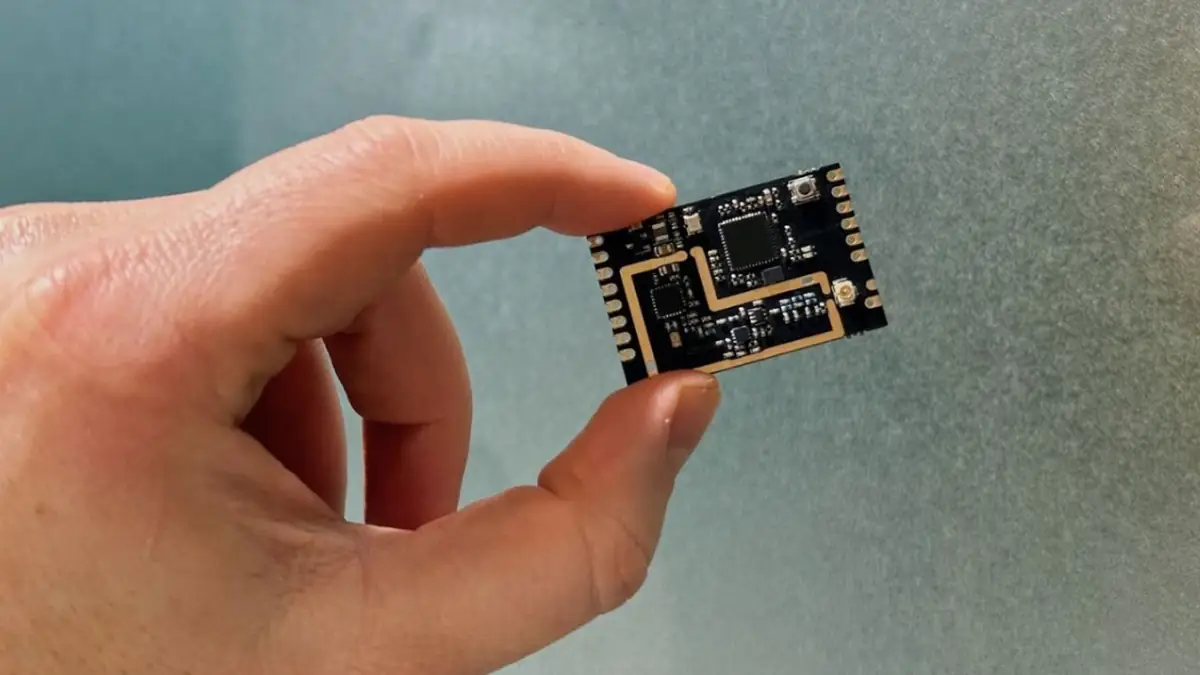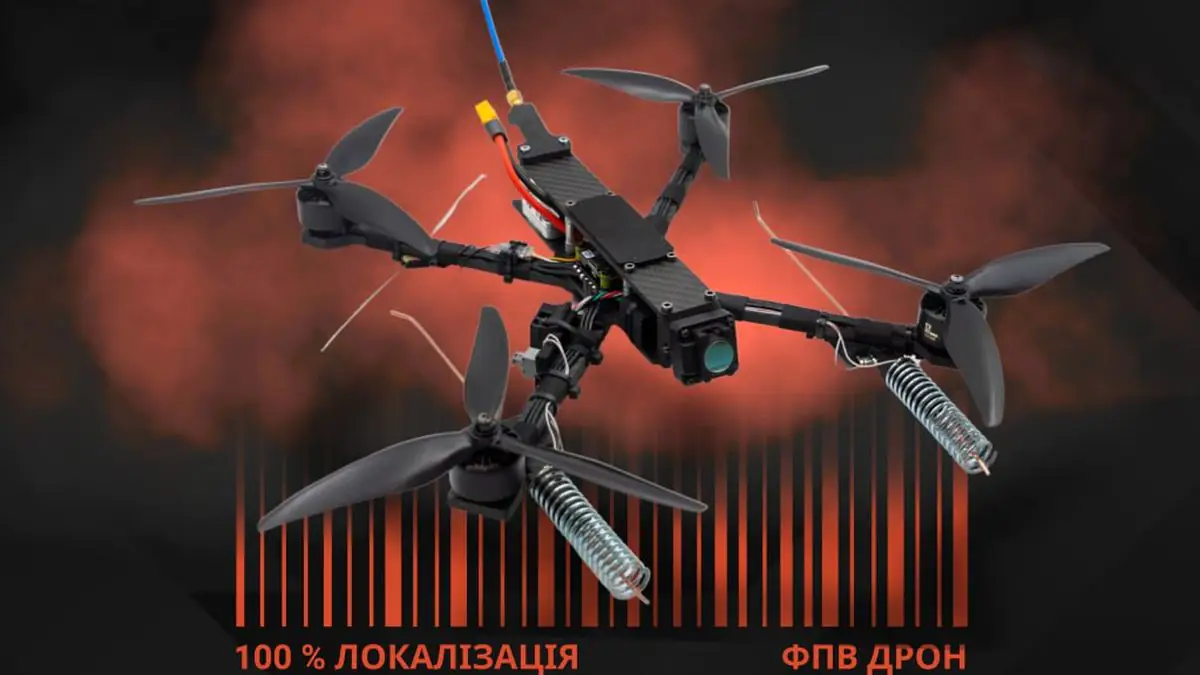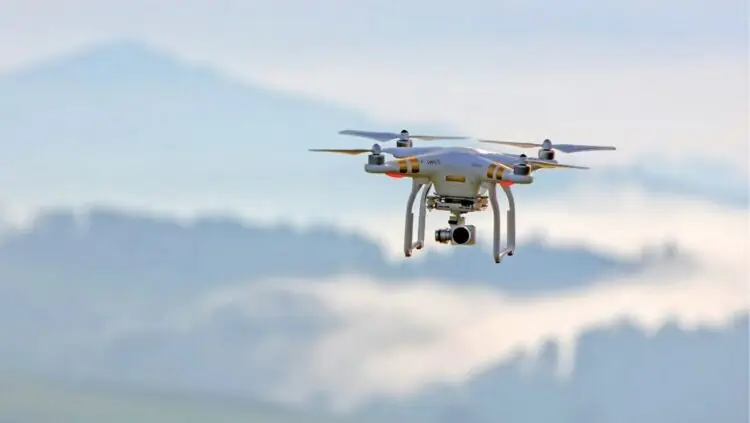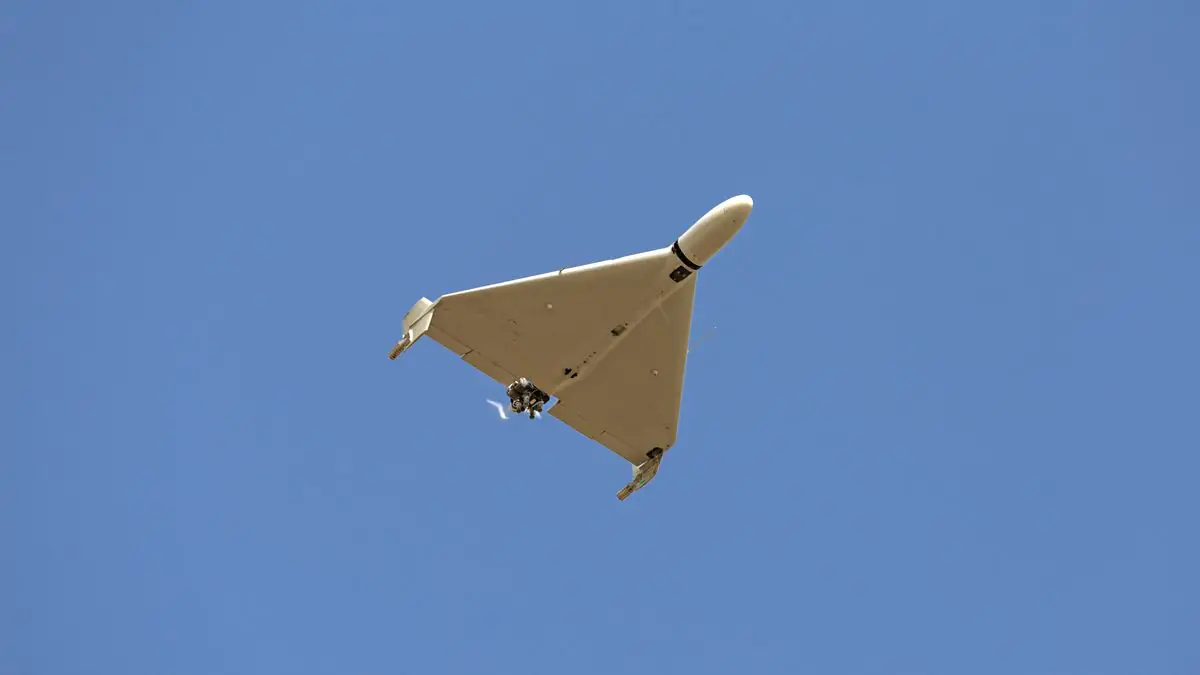Ukrainian drone developer Sine.Engineering has created a system designed to counter Russian electronic warfare (EW) measures that interfere with GPS signals.
The company has developed a satellite-free alternative inspired by time-of-flight (ToF) methods, which were used for tracking aircraft long before GPS technology emerged. Unlike GPS, ToF systems do not rely on satellites. Instead, they calculate the time it takes for a signal to travel from a transmitter to a target. In Sine’s system, these calculations are performed using a specialized communication module for drones.

A compact module exchanges signals with a ground station and two beacons, measuring the time it takes for the signals to travel. Since the beacons and ground station have fixed, known coordinates, the software can accurately determine the drone’s position. Additionally, because the module operates across multiple frequency bands, the aircraft can evade jamming attempts targeting specific frequencies.
Notably, the system is also relatively cost-effective. By providing reliable accuracy at an affordable price, Sine aims to accelerate Ukraine’s transition to autonomous drones. The Ukrainian Armed Forces have already endorsed the initiative, with the Sine module actively deployed in military operations. According to company representatives, the system is currently being used for reconnaissance, surveillance, and scouting missions.

The next focus for Sine.Engineering is first-person view (FPV) drones – cost-effective yet capable aerial systems equipped with cameras that transmit real-time footage to remote operators. Testing of these FPV drones began last month. “We anticipate deployment on the battlefield in the near future,” said Andrii Chulyk, CEO and co-founder of Sine, in an email to TNW.
Beyond autonomous UAVs, Chulyk also highlighted advancements in swarm operations. “Our technology enables coordinated flights of multiple drones, allowing them to function as a unified force,” he explained. However, autonomy is not the only goal. The Sine module is also designed to lower the entry barrier for human drone pilots. “It significantly simplifies drone operation through automation and intuitive control interfaces, similar to those found in consumer drones like the Mavic,” Chulyk added.
Sine was founded in 2022 to counter Russian drones. As aerial warfare evolved, the startup began exploring new navigation systems. The widespread use of jamming and GPS spoofing had become a critical vulnerability. At the same time, inexpensive FPV drones were reshaping the battlefield, but their positioning systems lacked precision. The founders of Sine set out to develop an affordable upgrade.

Their invention promises to improve navigation, enhance autonomy, and evade electronic warfare systems. According to Chulyk, such advancements are becoming increasingly essential. “Without reliable navigation capabilities, the transition to autonomous operations – crucial for true scalability – remains out of reach,” he said. “This creates a critical gap in modern warfare capabilities, where the ability to deploy a large number of autonomous platforms can provide a decisive advantage.”
Source: Thenextweb









